Curtains are more than just decorative fabric panels—they’re a vital design element that reflects the character of your home and shapes the ambiance of each space.
اضافة اعلان
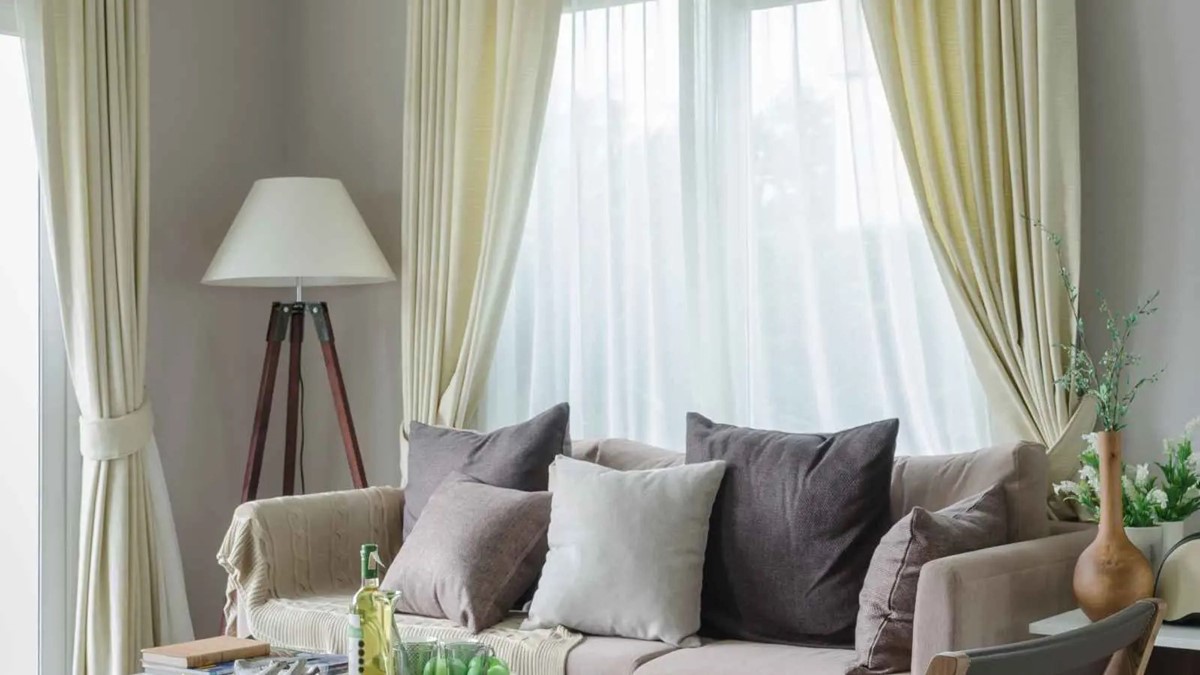
With advances in interior design, curtains are no longer limited to textiles alone. Modern variations now include metal, wood, and other unconventional materials crafted with artistic precision.
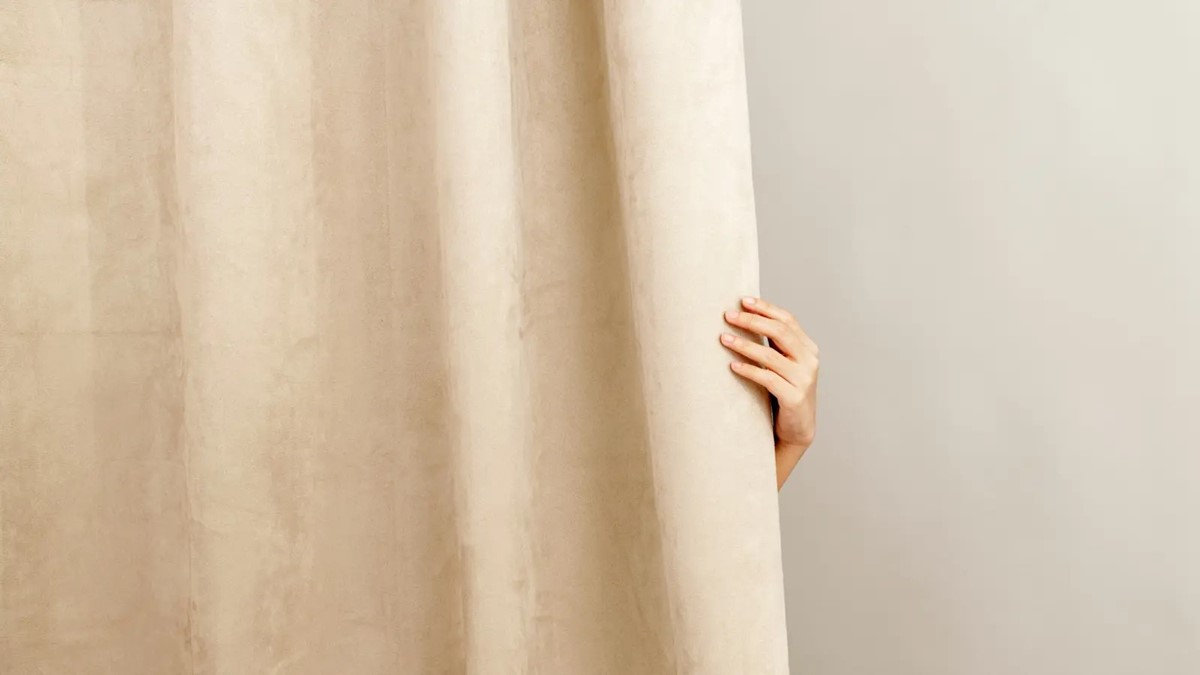
Beyond their decorative role, curtains help control light, enhance privacy, improve insulation, and complete the harmony of an interior design. Often, they're installed last during home furnishing, but many designers recommend using them as a starting point for color schemes and design direction.
Practical Tips for Choosing the Right Curtains
Interior designers, as noted in a Dwell magazine feature, emphasize that curtain selection should be planned early—not treated as an afterthought—because curtains unify a room’s colors, patterns, and visual warmth.
1. Function or Fashion?
The first step is determining the primary purpose:
Do you need curtains for light control and privacy, or simply to add a decorative accent?
Heavy, opaque fabrics offer more functionality but tend to be costlier and visually weightier.
You can also pair curtains with structured window treatments—like Roman shades—for a balanced look and greater versatility.
Designer Veronica Solomon from Casa Vilora says:
“Adding curtains as a decorative layer visually heightens a room and softens the space.”
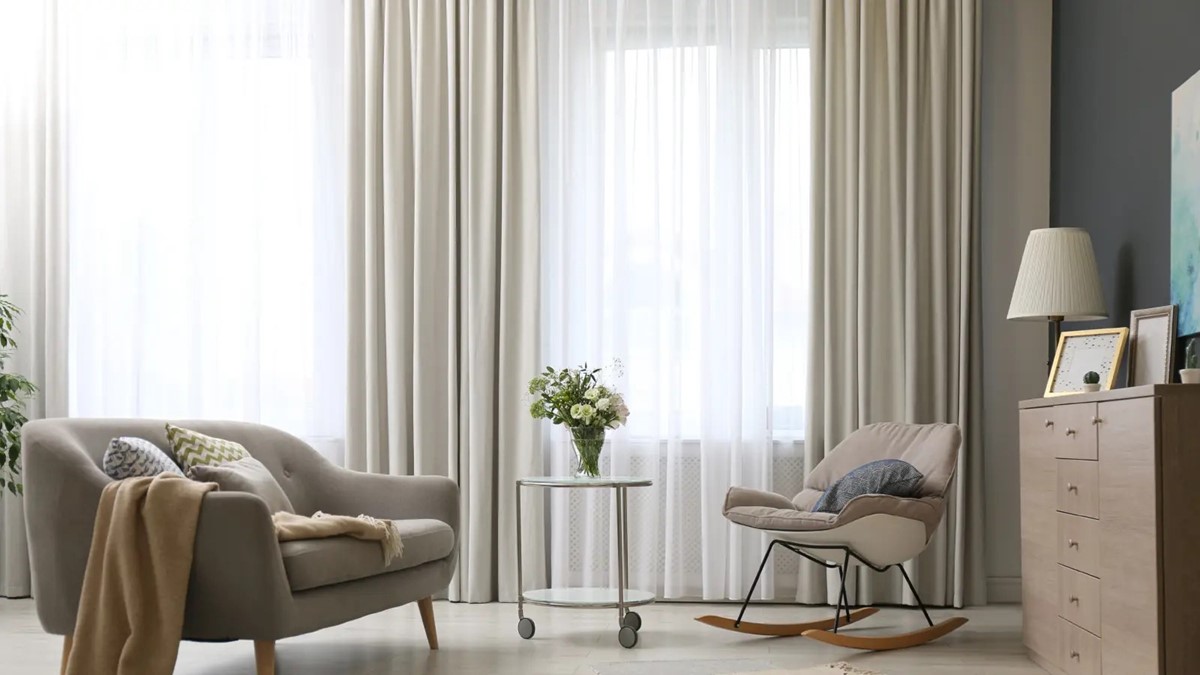
Her ideal combo? Sheer curtains for gentle diffusion of light, layered with thicker blackout drapes for full light control.
2. Choosing the Right Fabric
Fabric type plays a critical role in both aesthetics and function:
Cotton and linen offer a light, fresh feel.
Silk and velvet provide a heavier, luxurious tone.
Solomon cautions against polyester due to its inconsistent drape and recommends silk or linen for a clean, flowing look.
She also highlights the importance of choosing sun-resistant materials to maintain curtain shape and color over time—especially in sunlit areas.
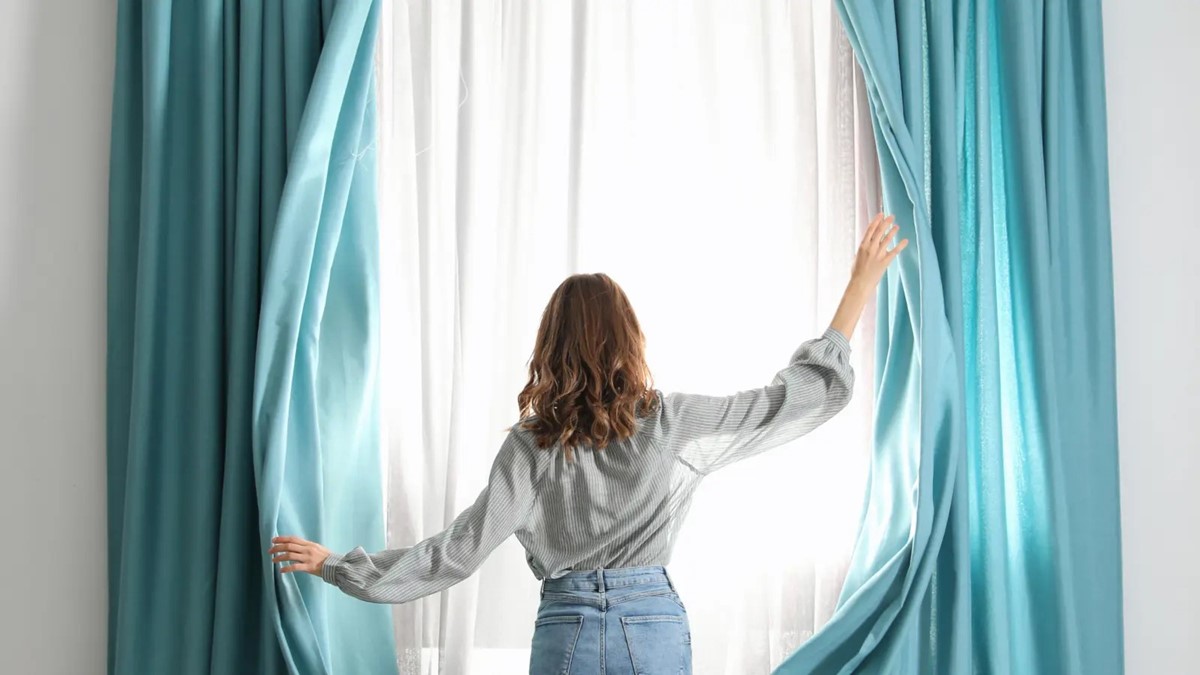
3. Color, Pattern & Style
The curtain’s color and pattern can define the entire room.
Bold colors and large patterns make a statement.
Soft, neutral tones that blend with wall color create a serene, cohesive space.
Solomon advises choosing timeless tones and avoiding trendy prints for a long-lasting investment. Subtle patterns and muted hues are safest if you prefer a calm, elegant aesthetic.
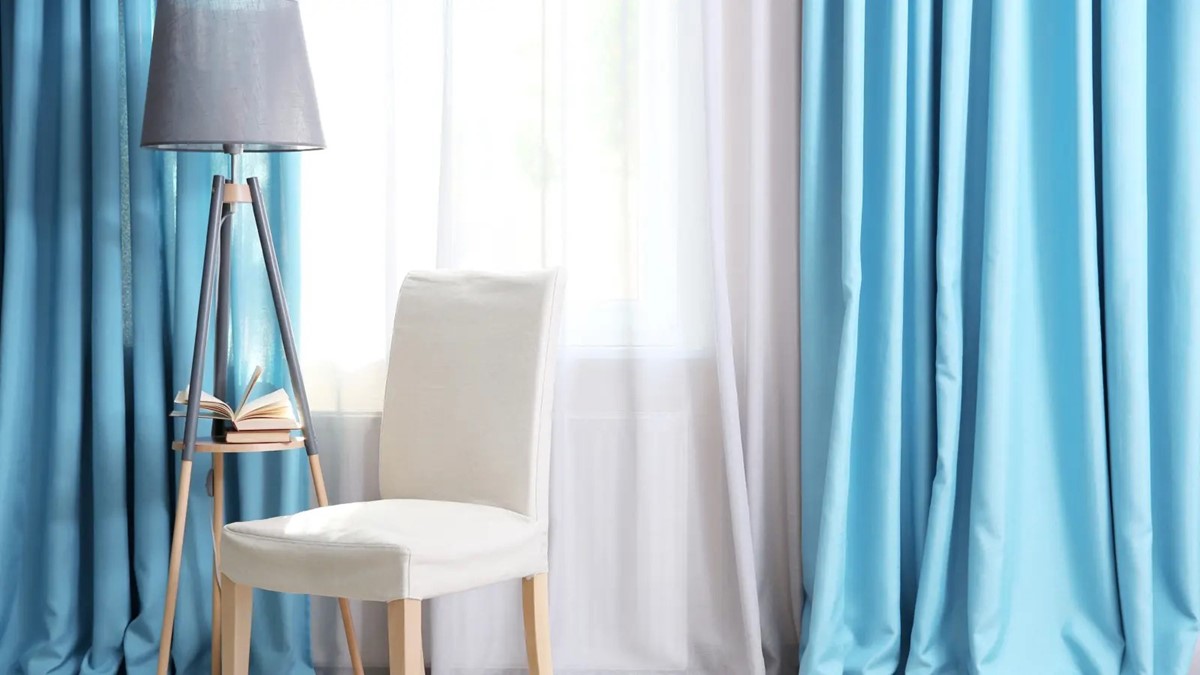
4. Curtain Hanging Technique
How you hang curtains significantly affects the room’s proportions.
Designer Kevin Isbell recommends hanging curtains close to the ceiling, not directly above the window, to increase the perception of height.
For fullness and a professional look, curtains should be twice the width of the window, especially if they’re meant to open and close regularly.
5. Mounting & Hardware
Finally, don’t overlook the importance of curtain hardware—rods, rings, and mounts—whether metal or wood.
Solomon recommends adjustable rods for ease of movement and stresses that hardware must be sturdy enough to support the weight of the curtains, especially for heavier fabrics.
Final Thoughts
Choosing curtains is about much more than appearance. They influence your home’s atmosphere and functionality on a daily basis. When you strike the right balance between style and practicality, using the guidelines above, curtains become not only a visual highlight but a lasting reflection of your personal taste.



